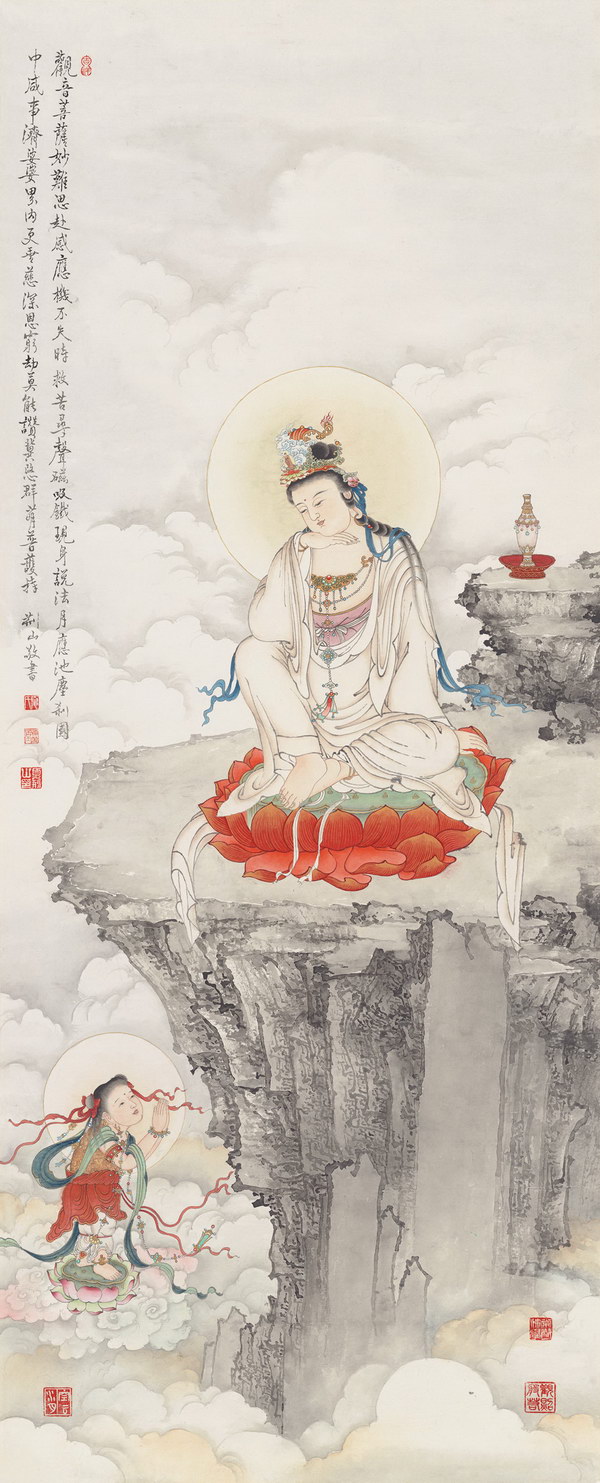
Chinese Buddha paintings are religious art and painting art.There must be the longlasting spirit and charm that perfect combines religious culture and Chinese painting in this historical art form and attracts elites to devote themselves to this course. In terms of Chinese Buddha painting exhibitions, it is easy to display but not easy to exhibit; it is easy to be aware but not easy to be conscious. A communication concept determines its effectiveness. The purpose of exhibitions aims to present the long history of Chinese Buddha paintings and creation experiences and works of artists with attached context skillfully in an exhibition space to develop the atmosphere in relaxing way without any obvious awareness and consciousness. These philosophical concepts seem complicate, long-lasting, and metaphysical and they are then translated in exhibition languages that can communicate with viewers around the world including knowledgeable scholars who would engage in academic exchanges and the general public who engage in recreational activities. These exhibitions allow those who are “aware” to develop “consciousness” and those who are not “aware of” to develop “awareness” first. Each painting and each viewer deserve our respect and they shall obtain something from exhibitions. They shall become “aware and conscious to achieve fullness.”
